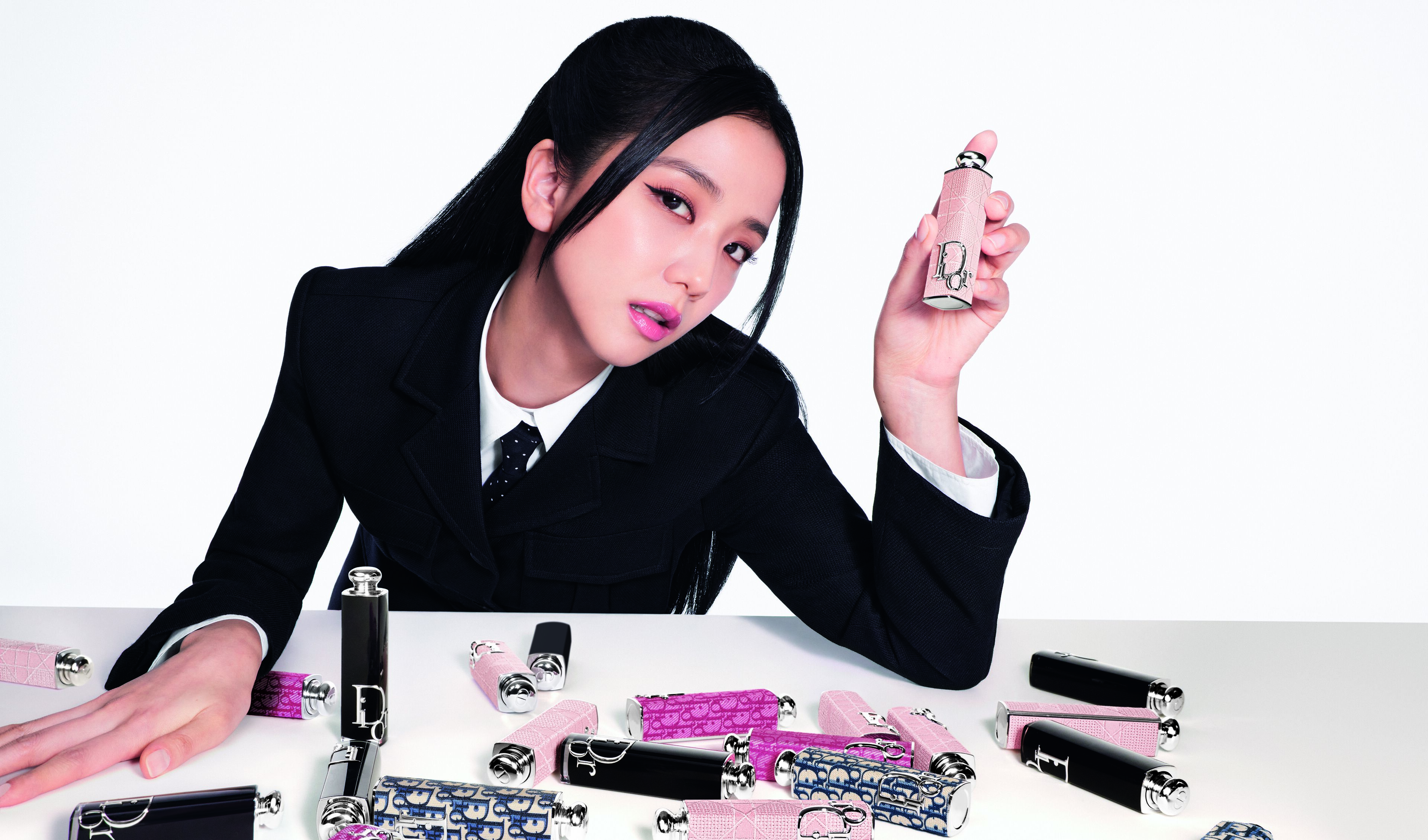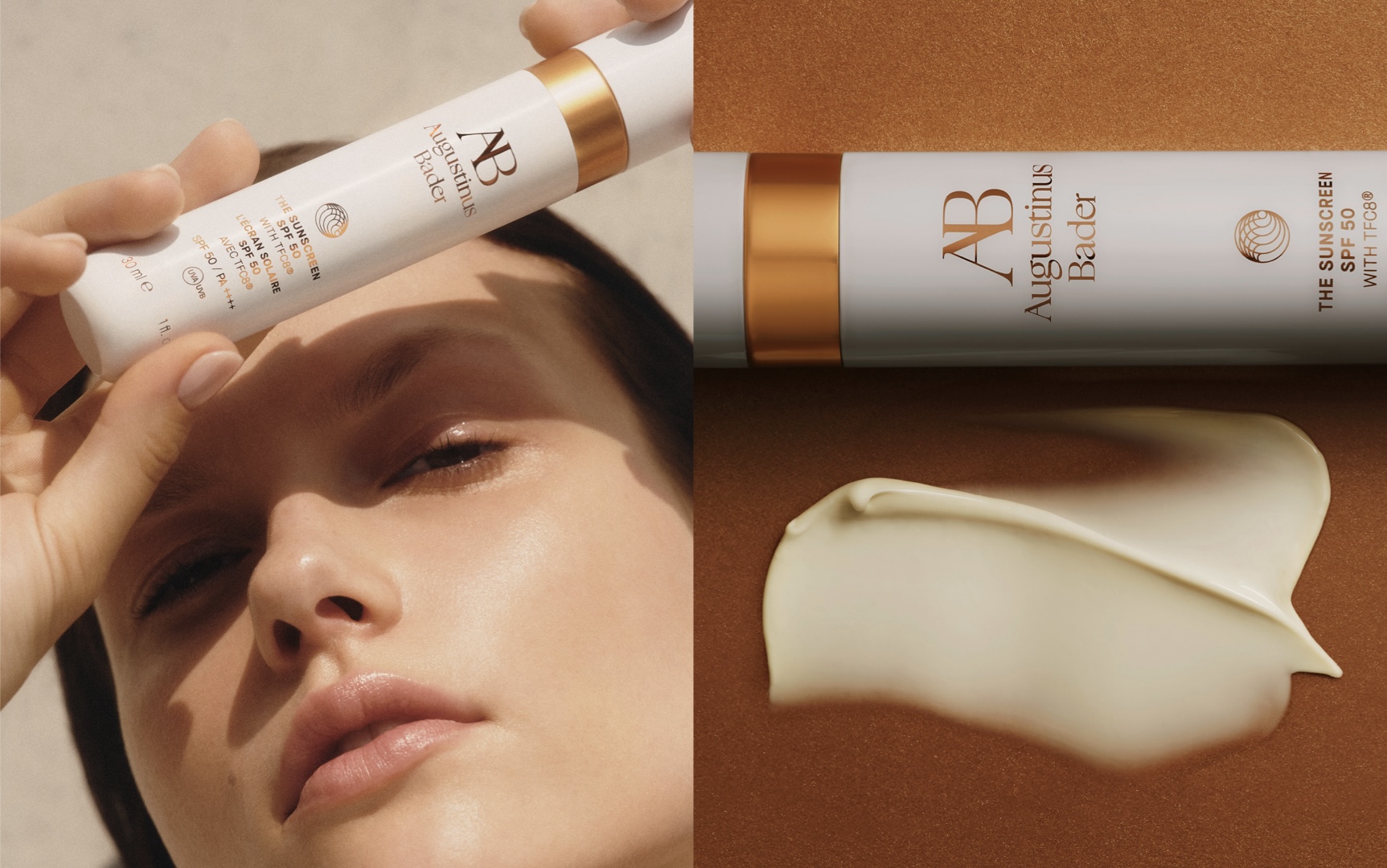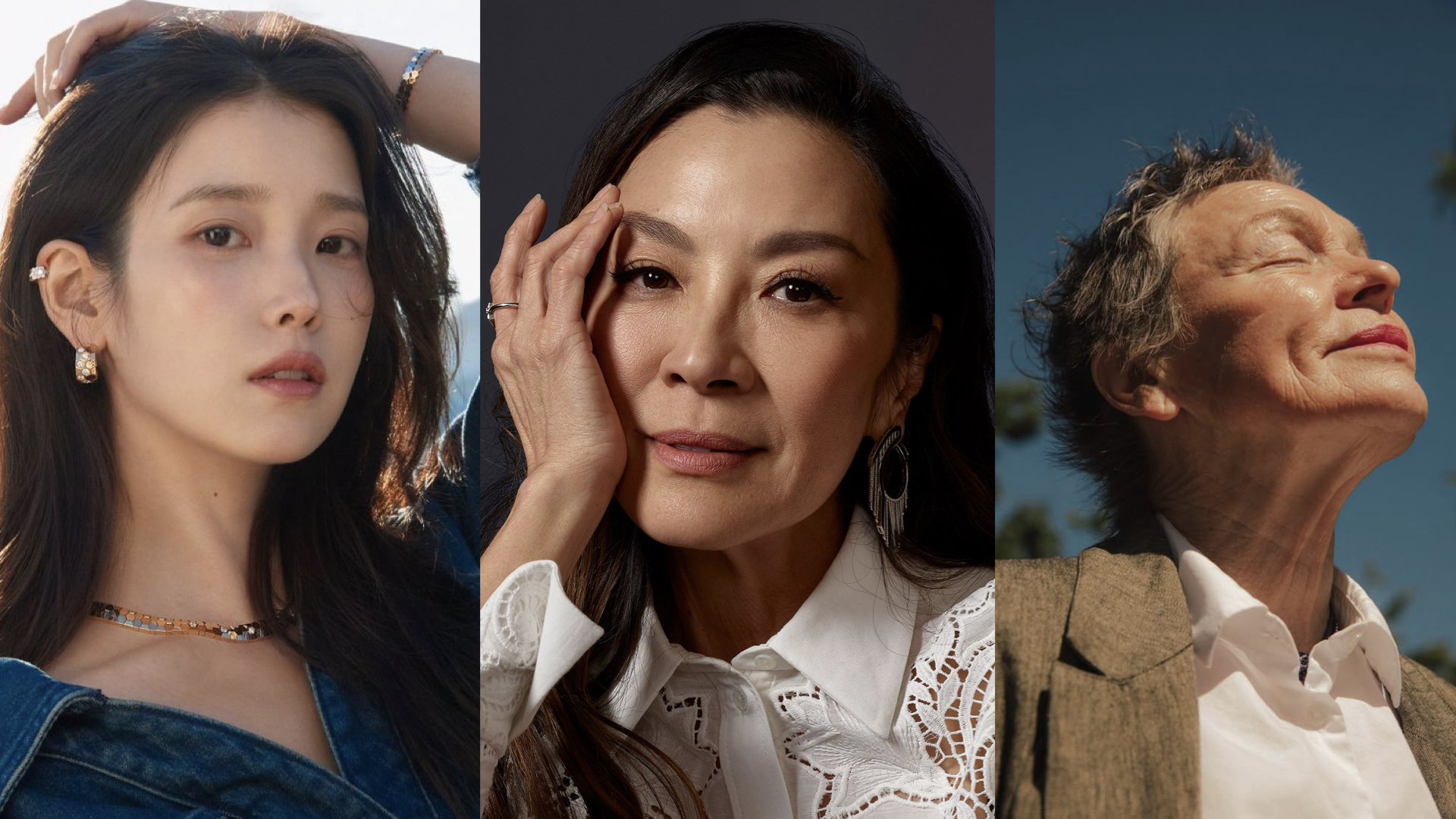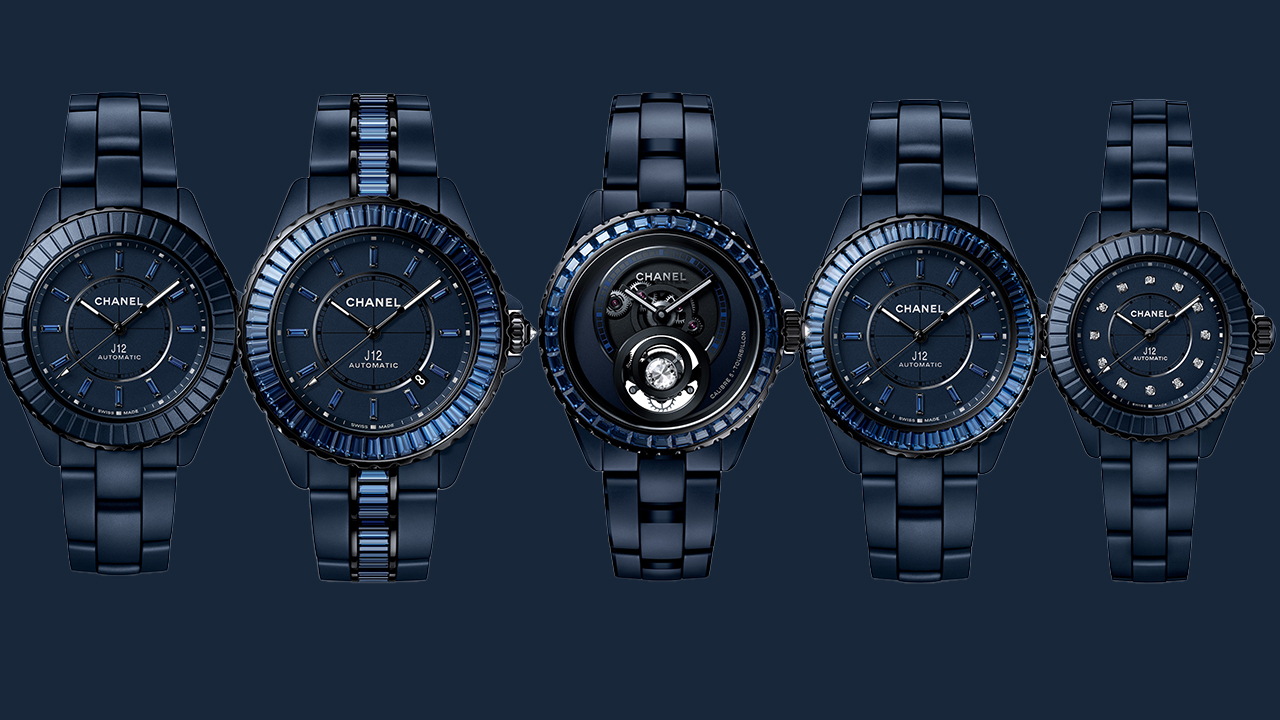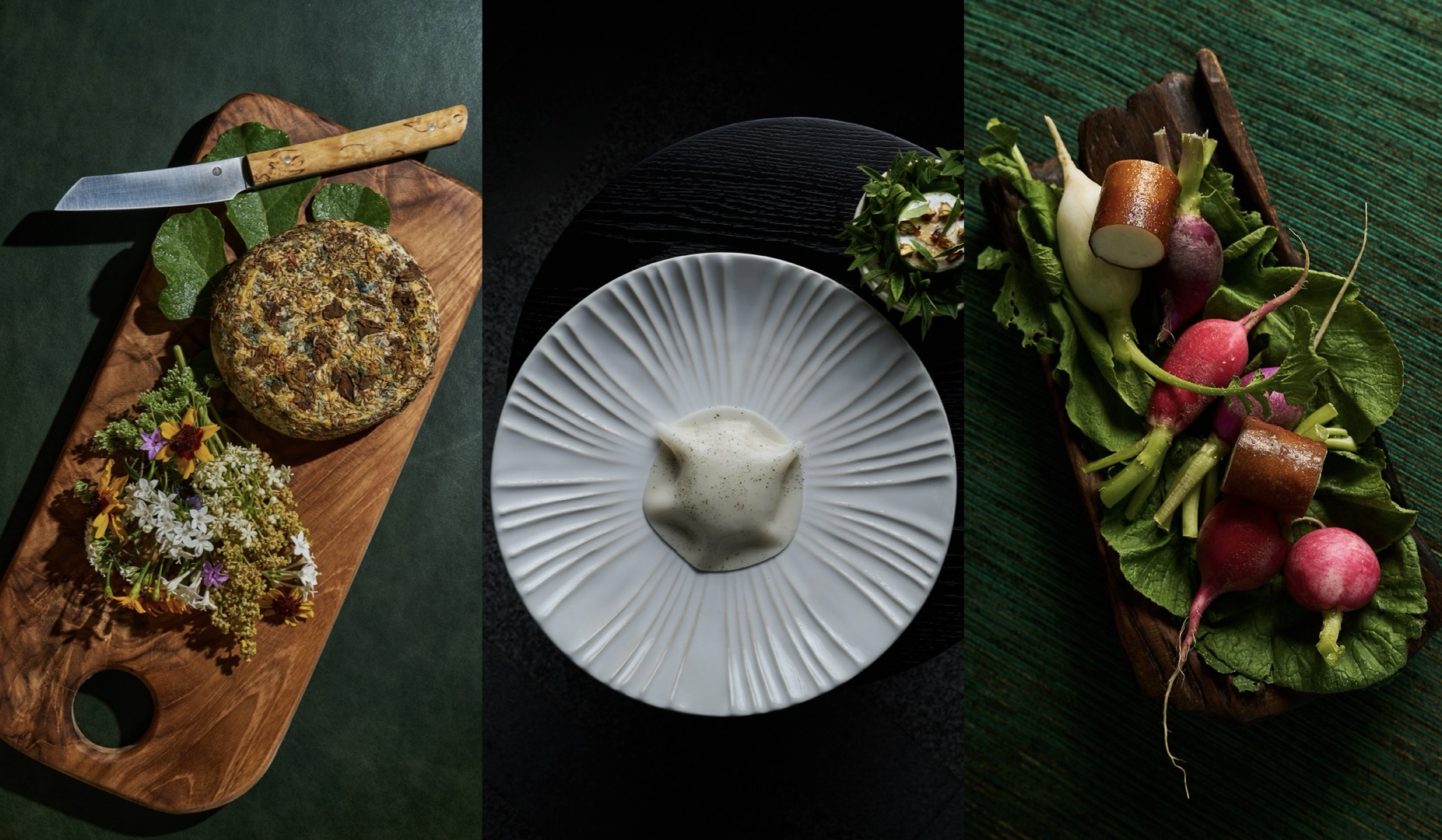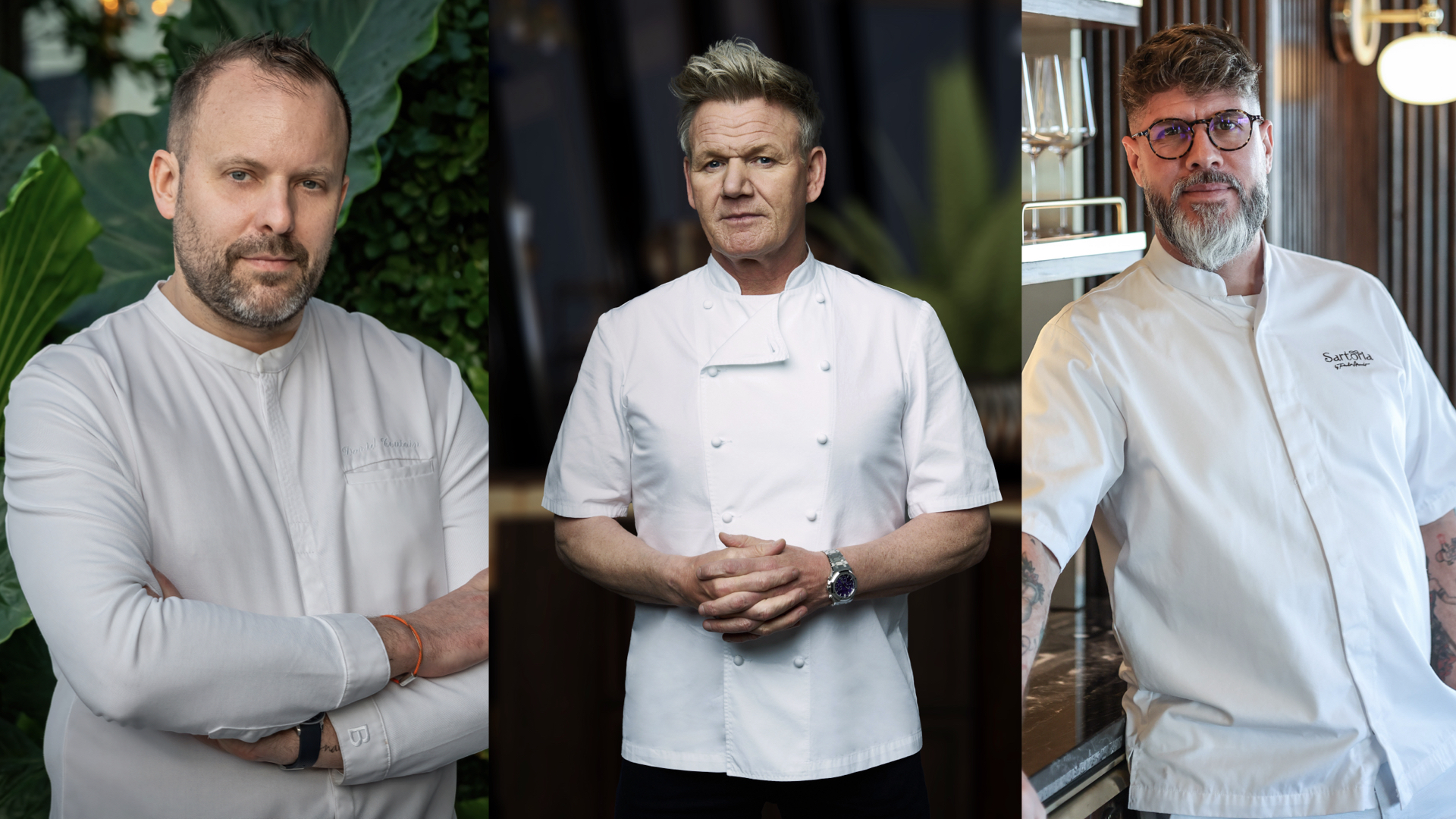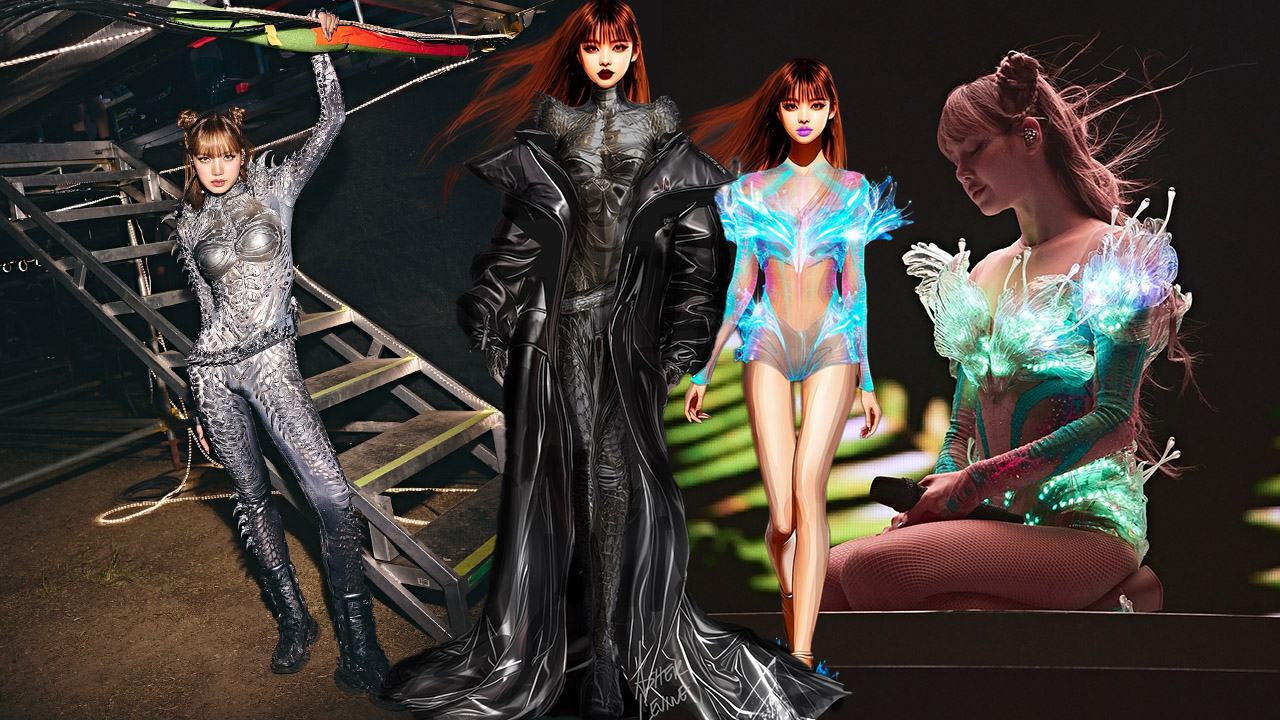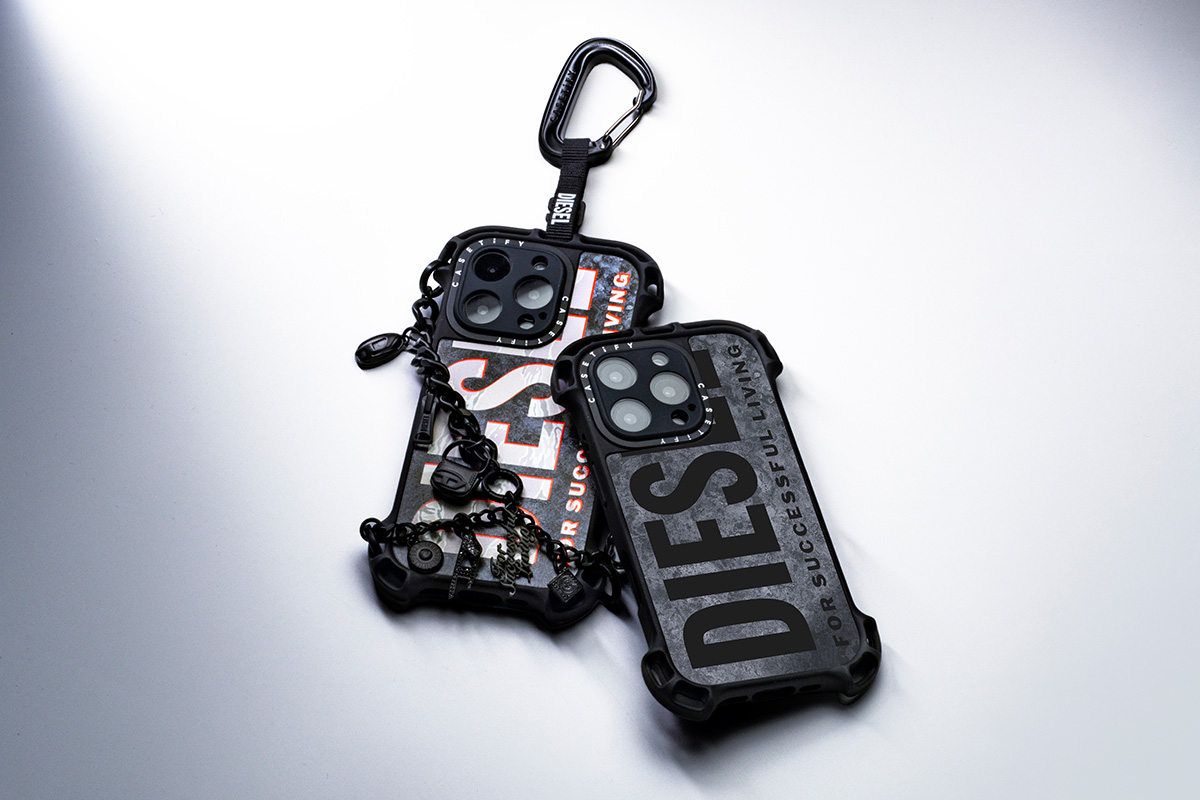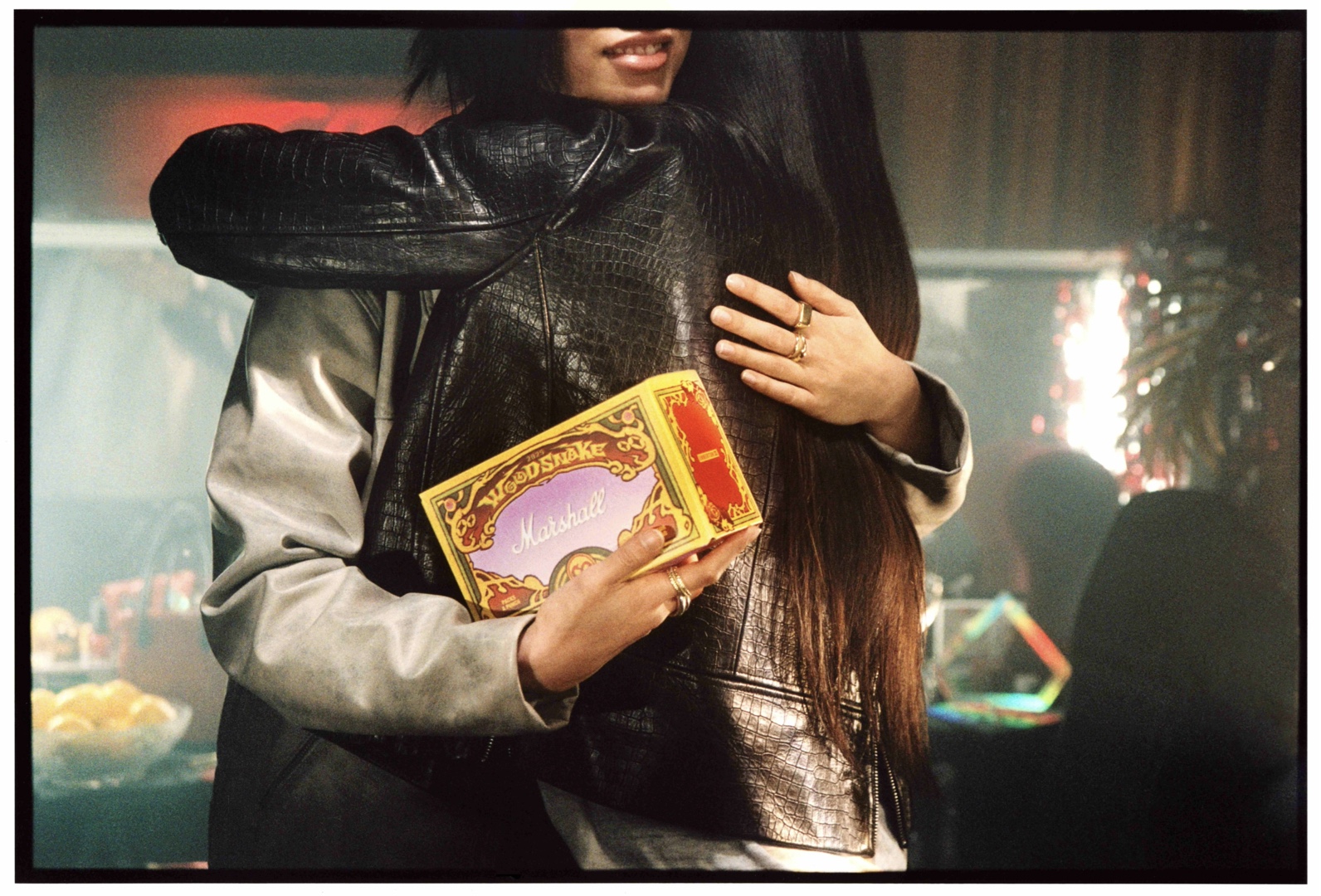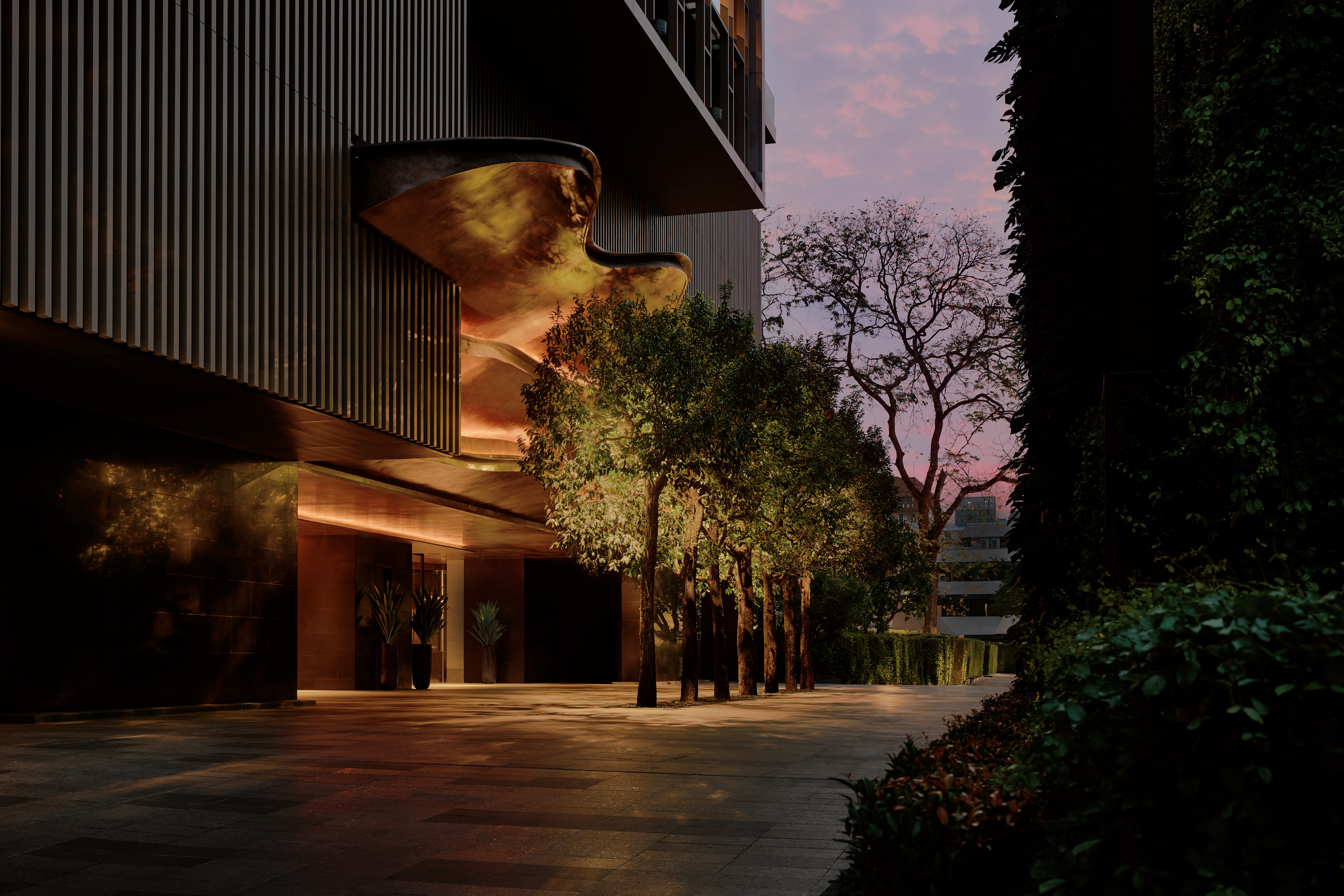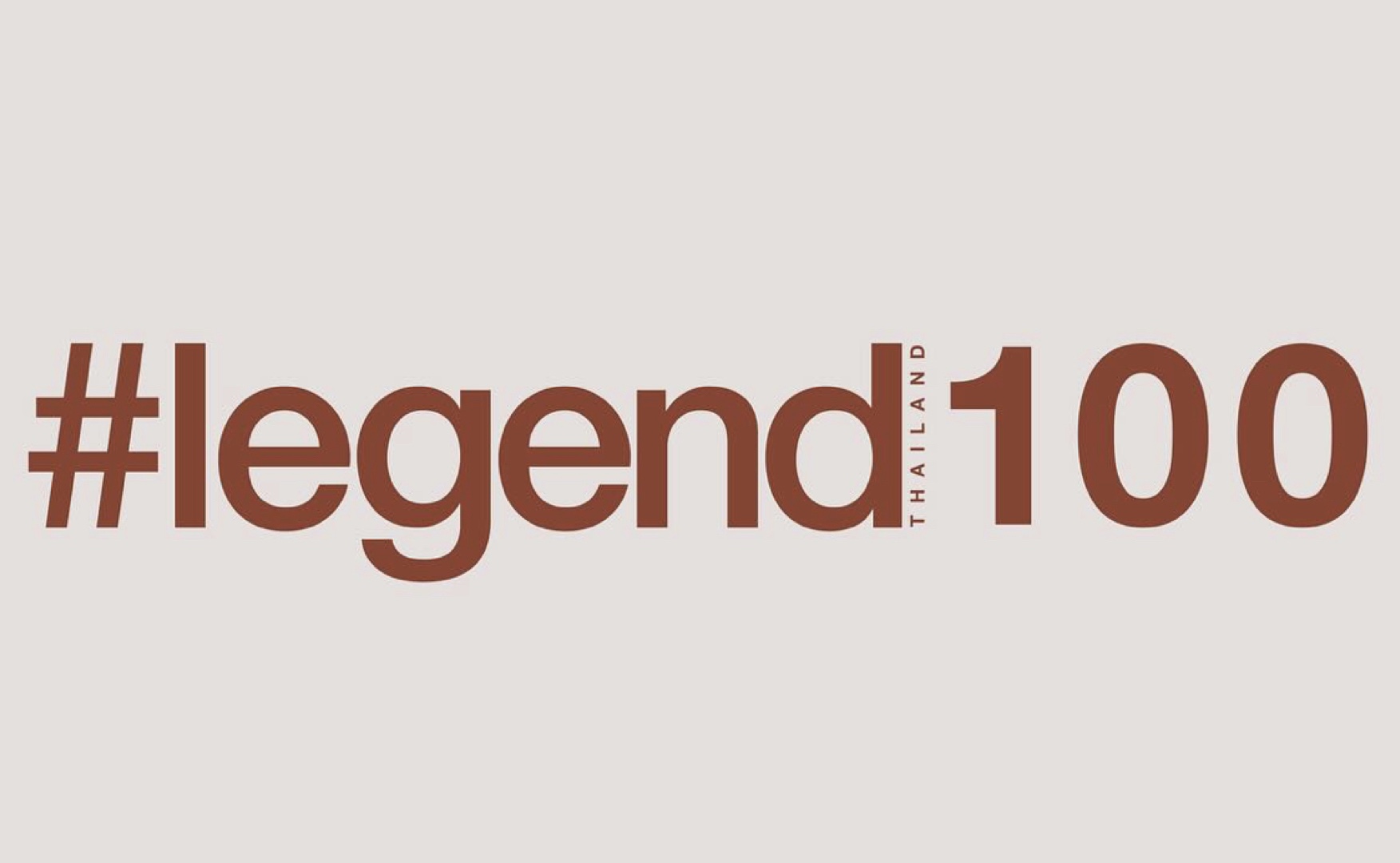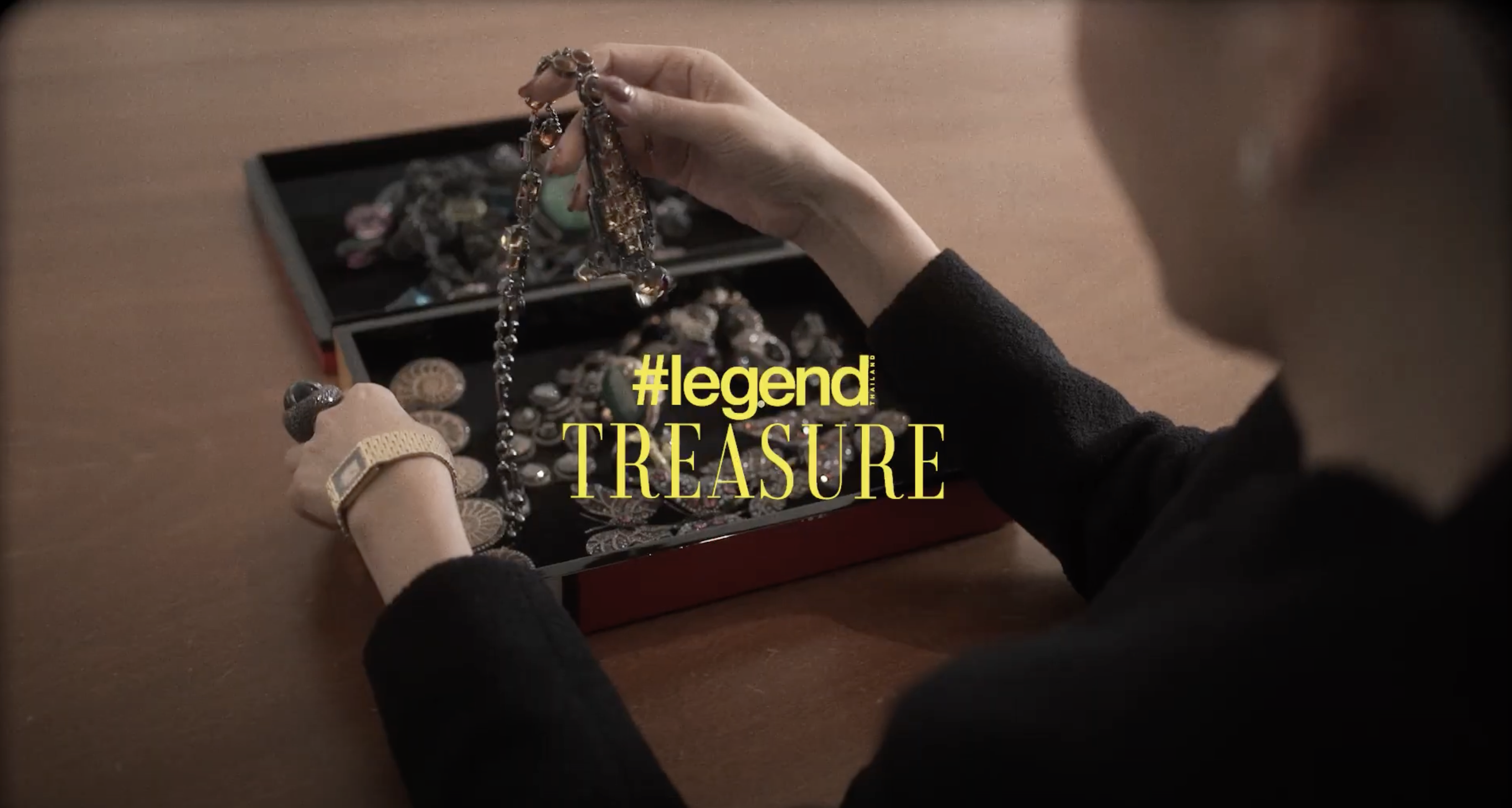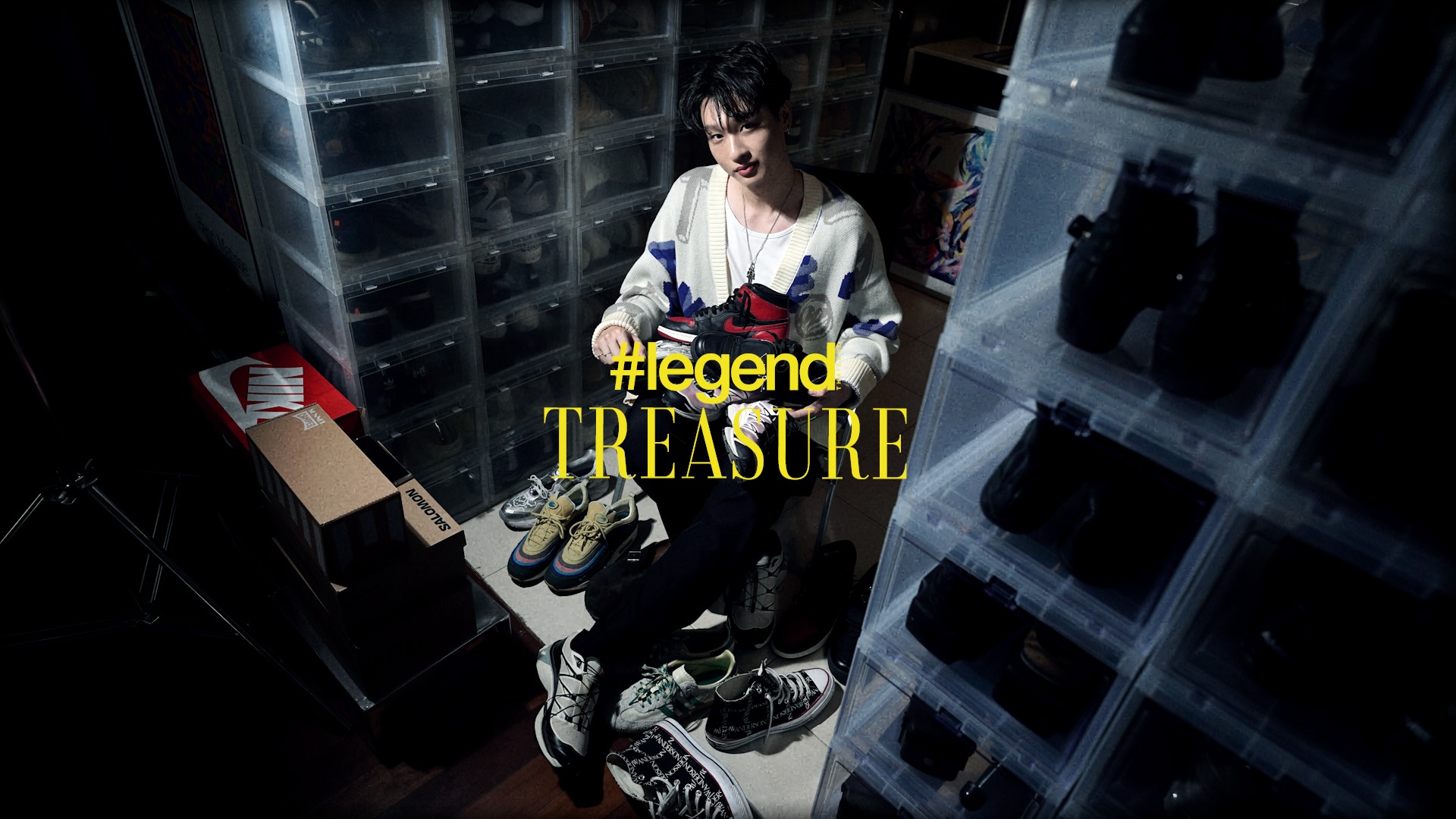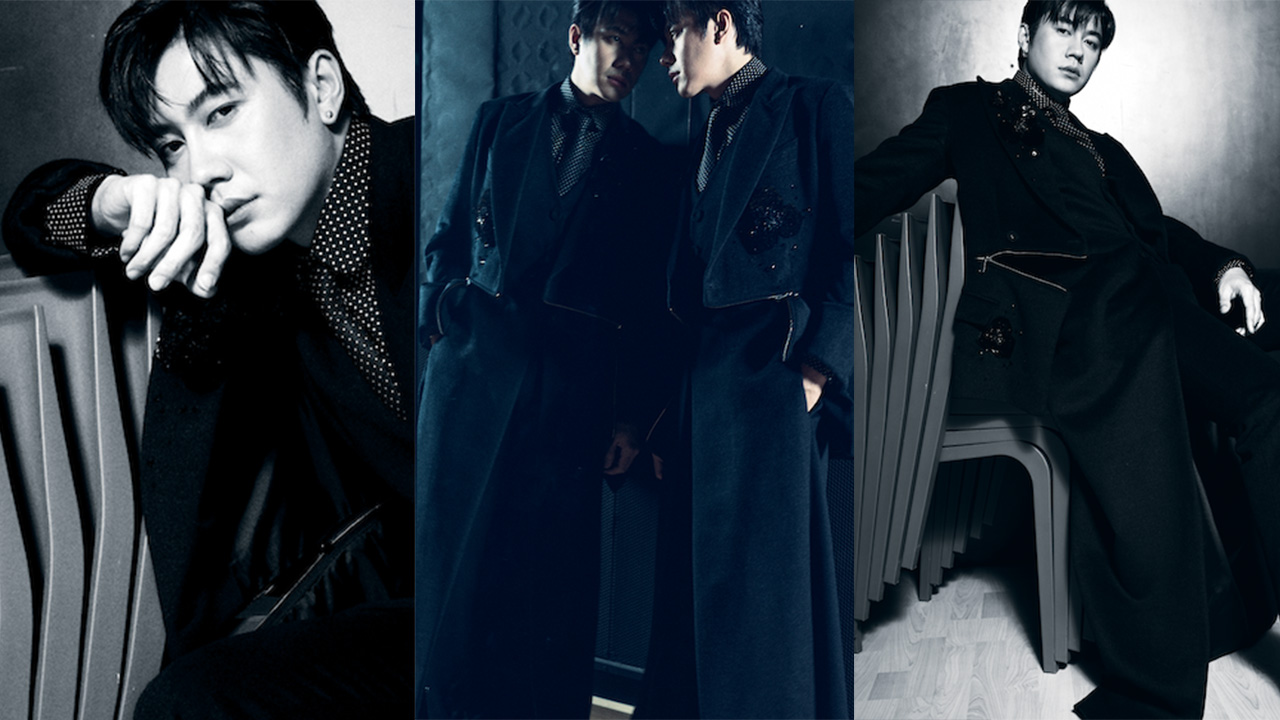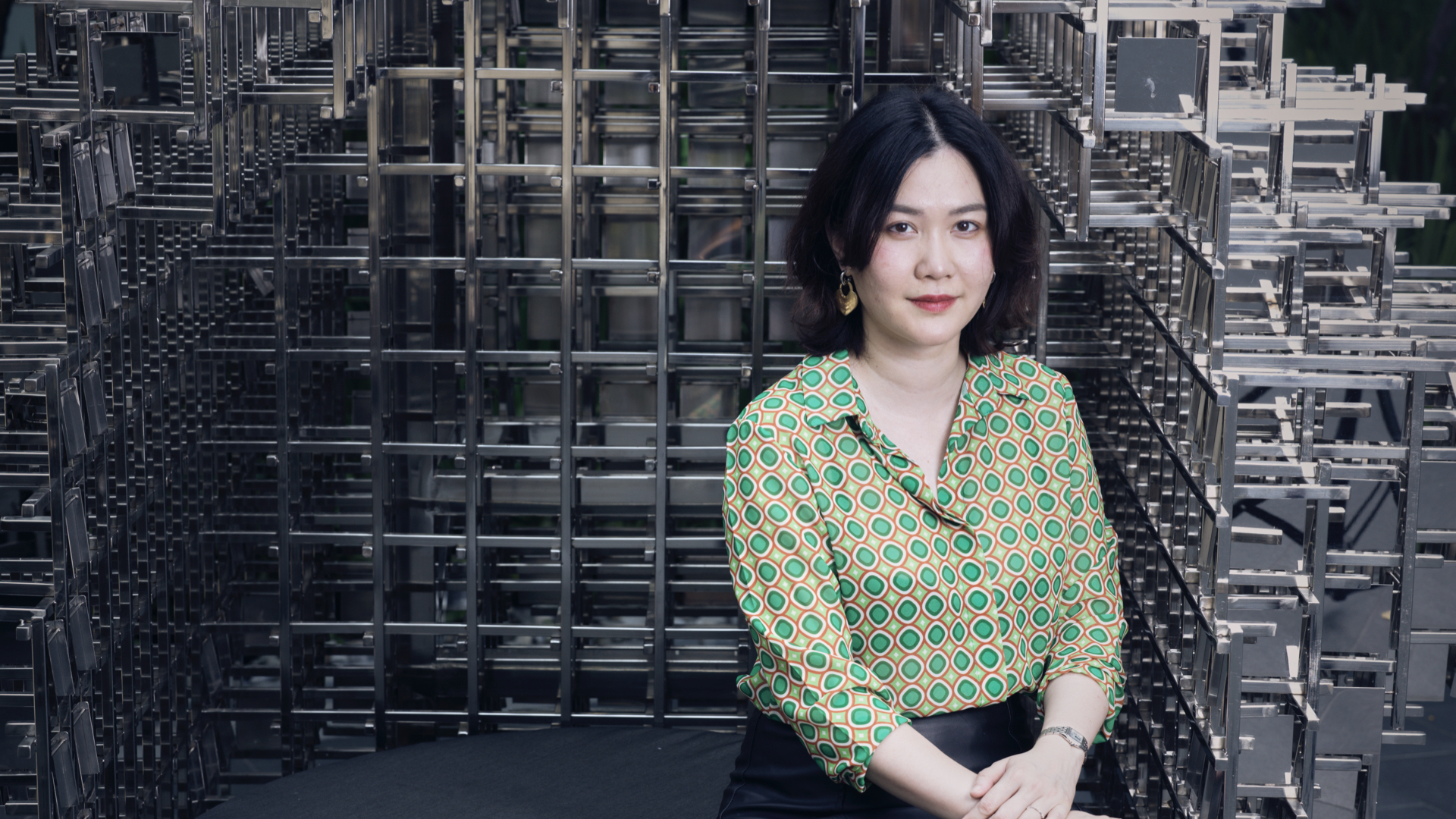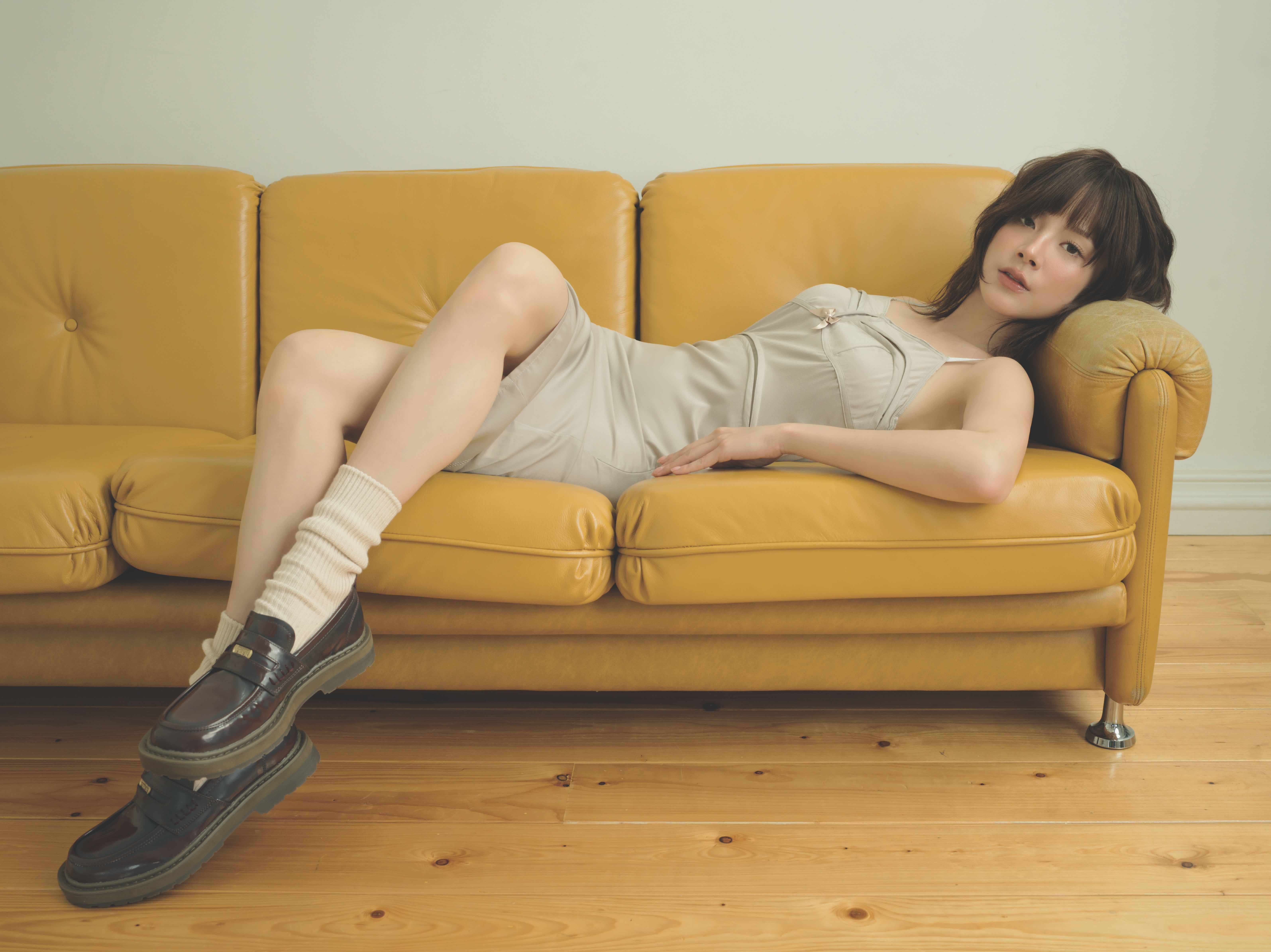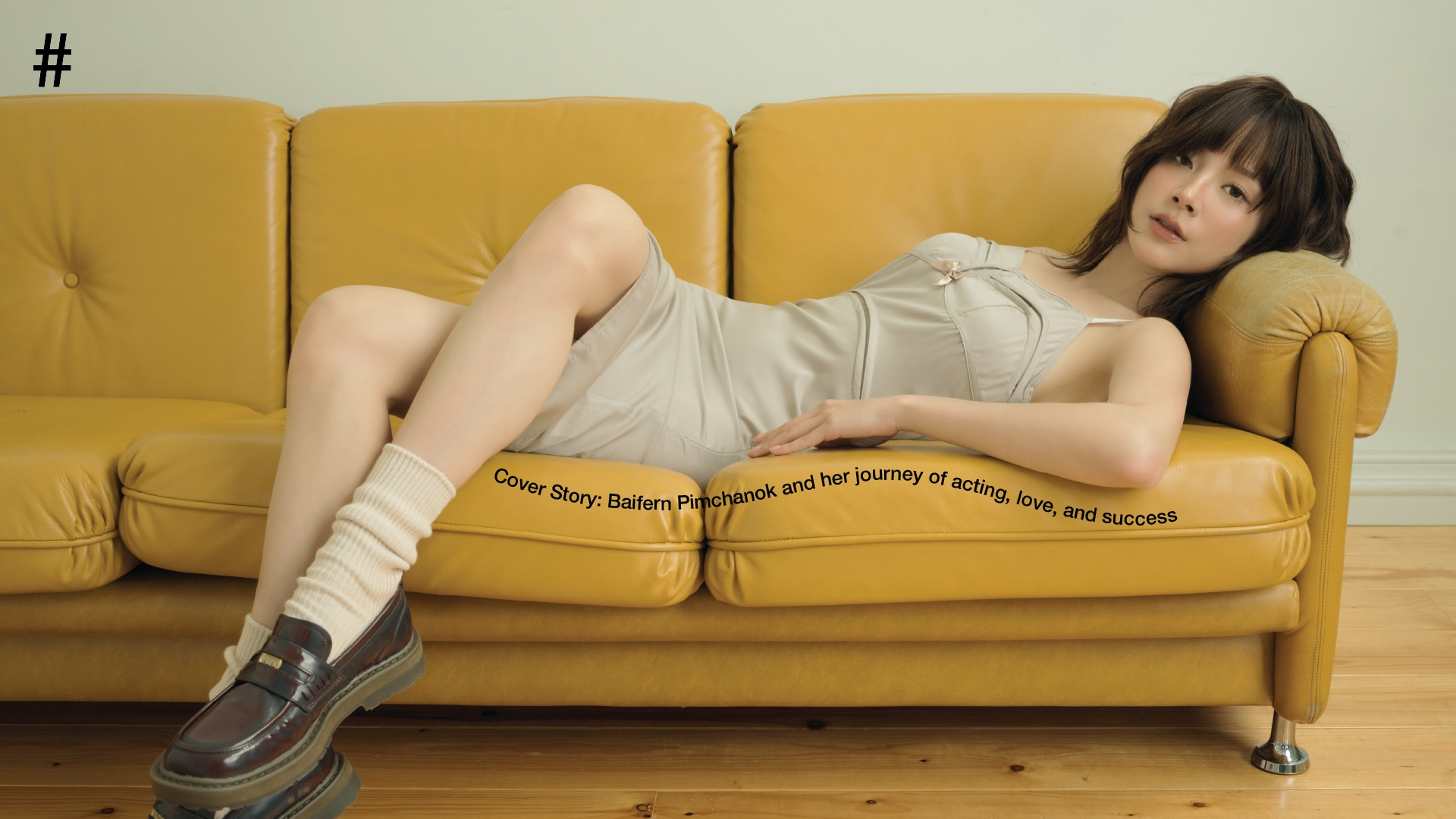Exclusive interview on the Dior Gold House project through the lens of Saran Yen Panya
Author: Kantinan Srisan | Photographer: Courtesy of Saran Yen Panya, 56th Studio, and Dior Gold House
Mar 17, 2025
"...Following the exceptional launch of Dior Gold House, one of the most significant fashion events in Thailand for 2024, Hashtag Legend Thailand experienced the superior refinement and exquisite details of this café. This led to a special interview with one of the most skilled designers, Mr. Saran Yen Panya, who contributed to designing and embellishing this café with genuine sophistication..."
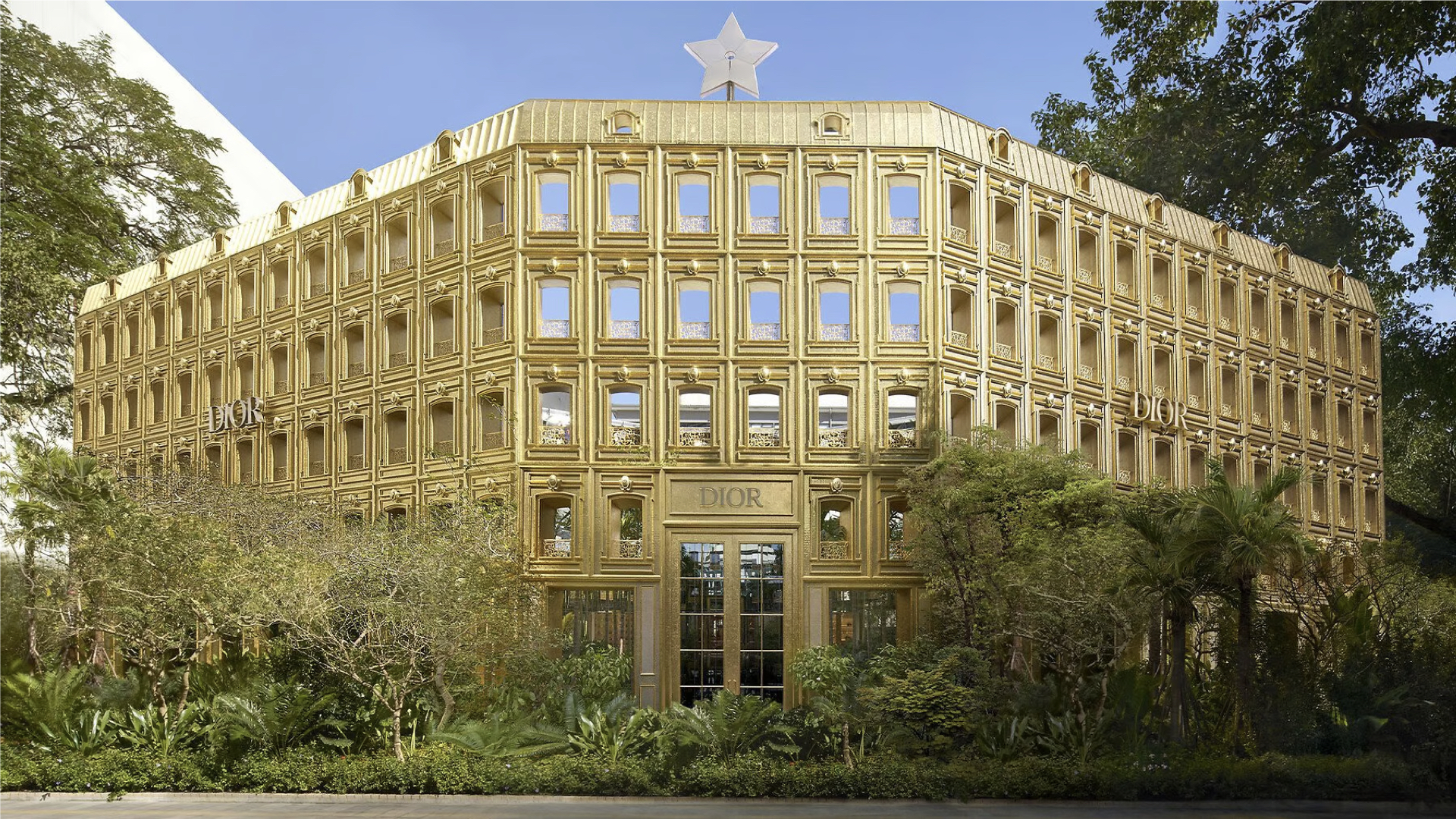
The first unavoidable question concerns the beginning of this crucial collaboration with Dior, which Mr. O told us wasn't an easy feat or something that happened overnight. "In truth, I'm still not entirely certain how Dior found me, but they mentioned there had been internal discussions beforehand. They then visited my office here to talk, review their work, and engage in some light courtship. But honestly, when Dior called, we were already inclined to say yes. After they examined our portfolio, they left for quite a while before returning with a brief outlining what they wanted us to do. Everything started from there."
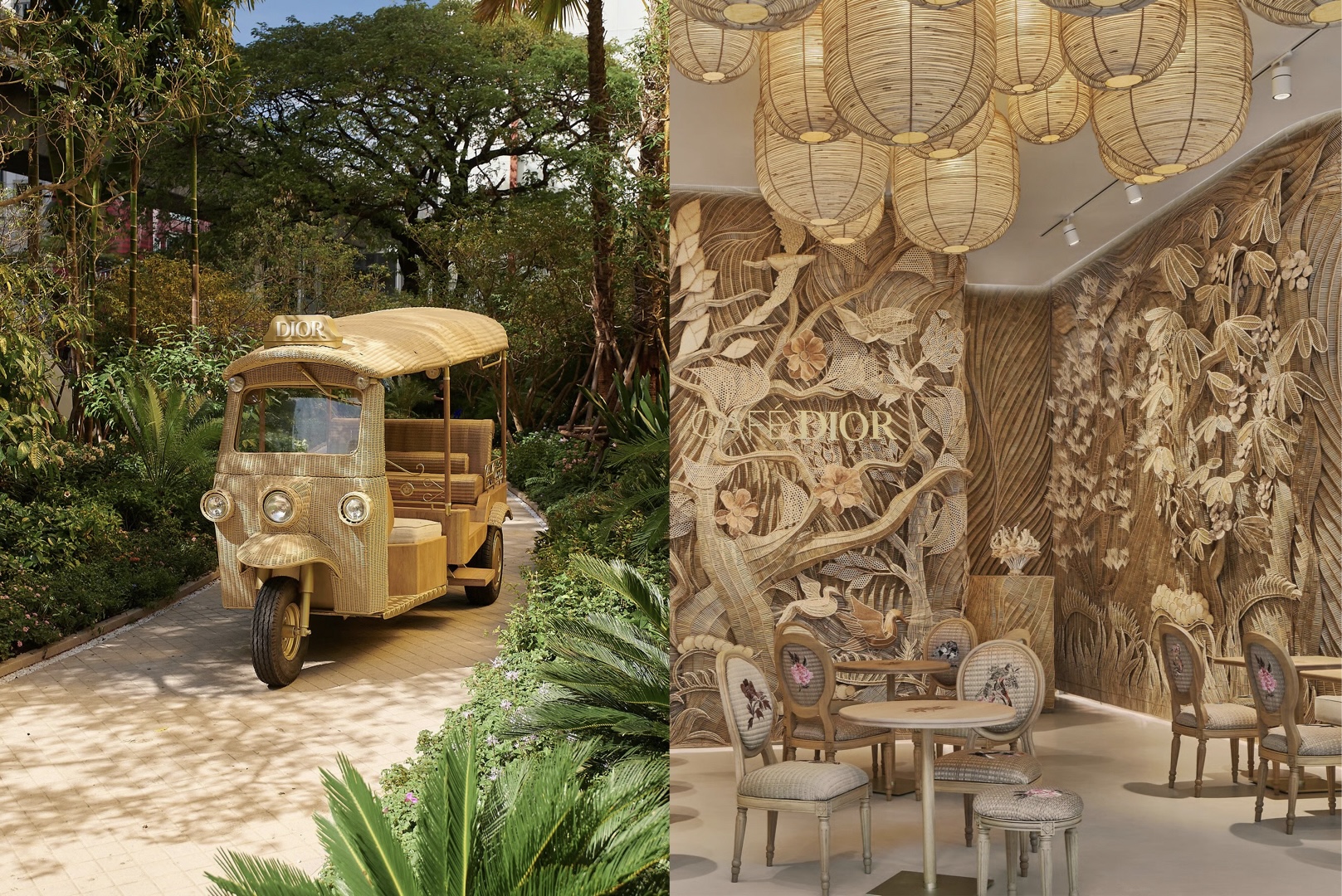
If one were to ask about Saran Yenpanya's truly outstanding work in this sophisticated café, 'the chair and the tuk-tuk' stand as crucial evidence that impressively affirms his artistic sophistication. "After Dior reviewed my portfolio, they went away to consider what I should create. Eventually, they returned with a brief that simply said 'make chairs.' Dior already has their iconic chair designs, and another thing that absolutely shocked us was their request to create a fully functional tuk-tuk. However, they didn't ask me to design it from scratch. They simply presented the brief as it was, after which we went back to contemplate and started sketching numerous designs. Many elements in the sketches weren't in the original brief, but when they saw them and liked them, they immediately approved them. Afterwards, it was a process of back-and-forth modifications, making everything 'Diorized,’ transforming everything we initially sketched into something with Dior's essence."
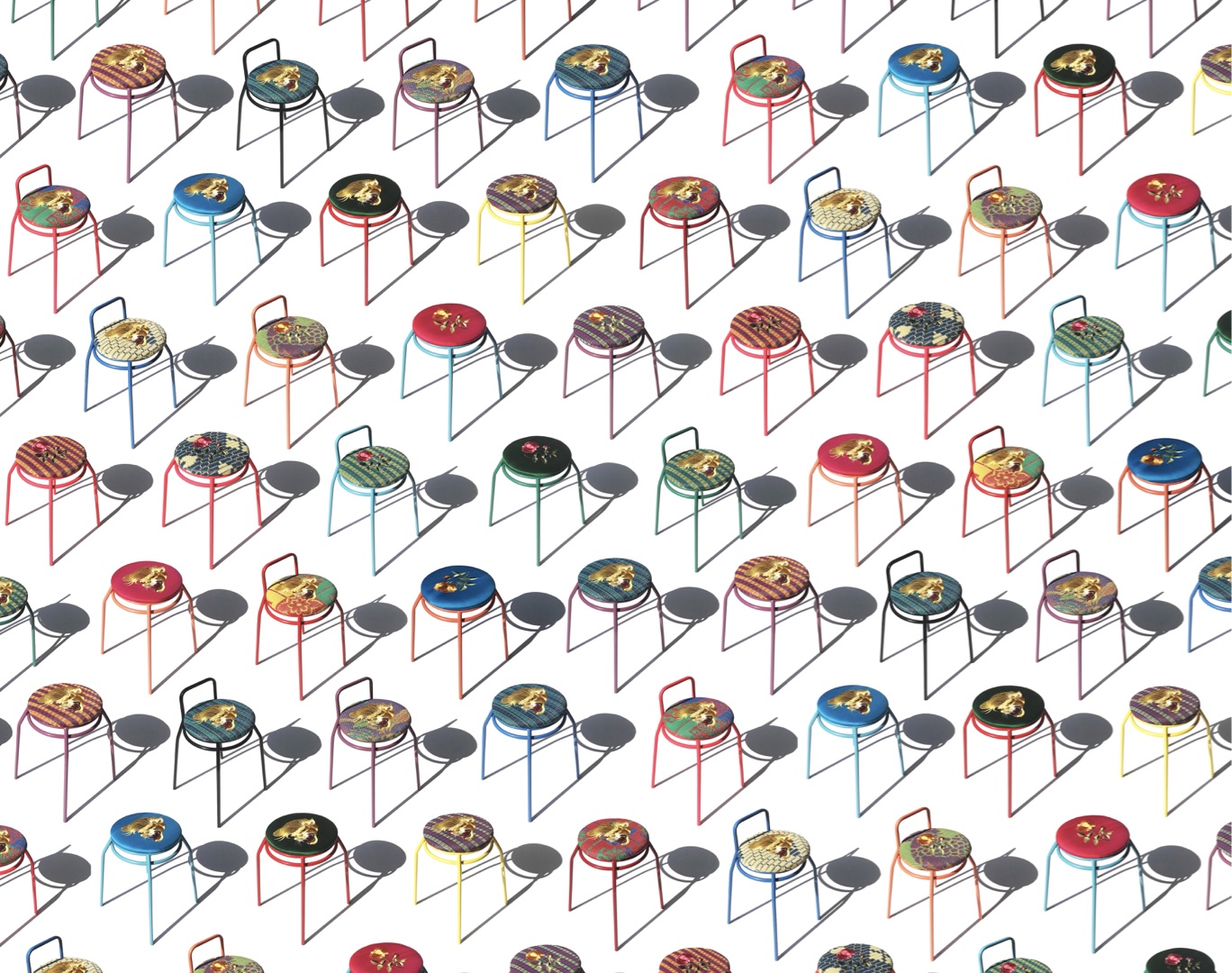
Nevertheless, Savoir Faire remains a crucial element that Dior upholds, and it aligns perfectly with Saran Yenpanya's unique identity and working style. "I must say this project is quite special because Dior places tremendous importance on Savoir Faire, which perfectly aligns with what we do. My office has previously worked with local craftspeople, with elderly artisans, and many materials we've used are ones we've been familiar with for nearly 10 years. For example, the sedge mats from Chanthaburi feature embroidery work that's stitched onto the mat and then used to upholster furniture. For woodwork, there's hand carving, laser cutting, and other techniques. All the tuk-tuk elements are hand-woven with rattan, and the seats are made from the same Chanthaburi sedge mats. It's like we've incorporated Thai elements into the work through methodology rather than explicit concrete representation."
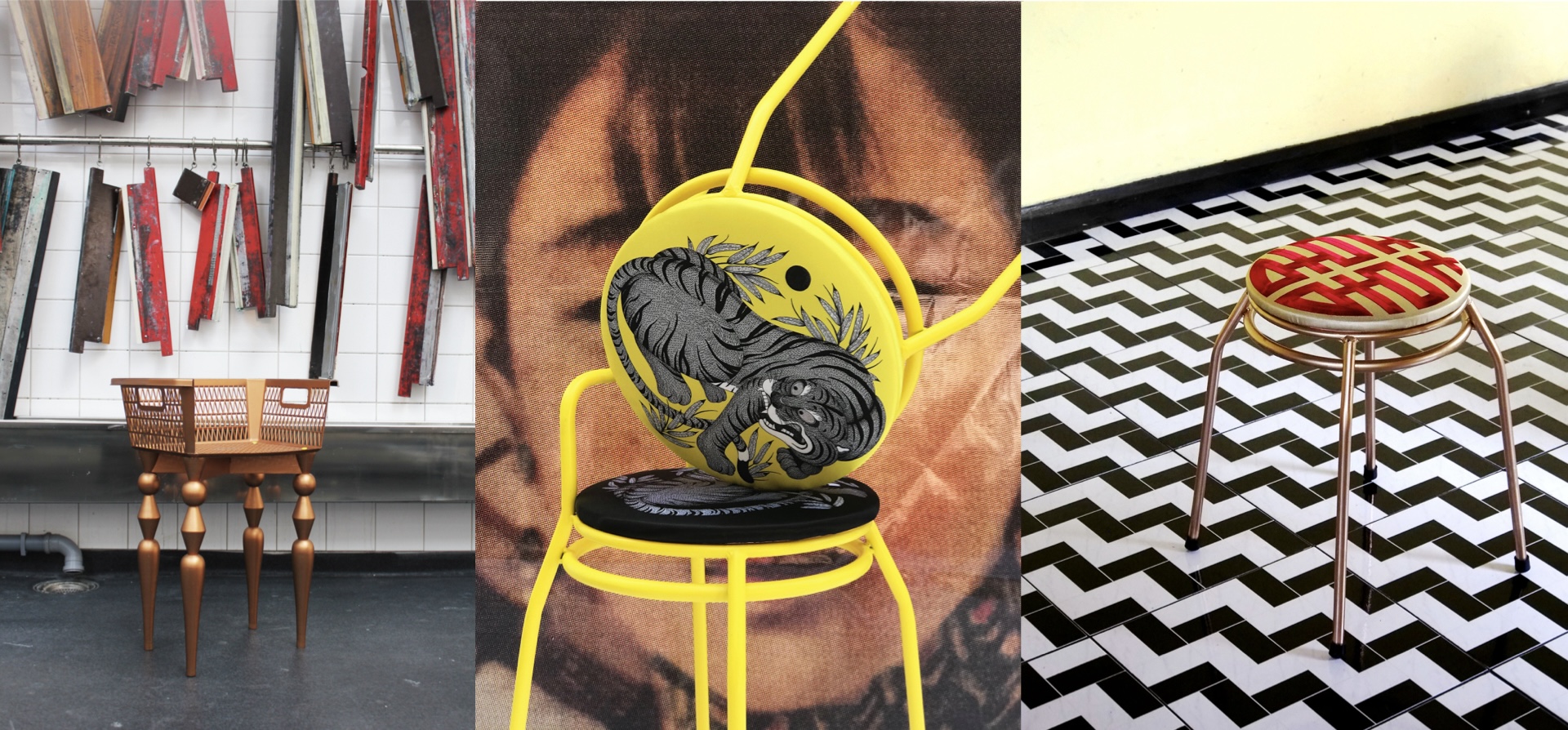
Although Saran Yenpanya is an artist who has created numerous international-level works, this collaboration with Dior stands as another unforgettable and impressive experience. "I must give credit to the Dior team from headquarters because they are a group of people who are deeply immersed and involved with craftsmen in every process and detail. I couldn't have imagined that the Dior team would be this dedicated. Another thing is that they place immense trust in their chosen artists. It was like playing ping-pong, going back and forth, and neither side knew exactly where it would end. Their vision and art direction were quite clear within their team. When combining the works of seven artists together, it becomes quite challenging. Actually, this was a process I'd never done before, as I typically work in a way where once an image is rendered, that's the final direction, there's no open-ended approach. But with this Dior project, they were open and continuously seeking ideas in every style and direction. Another impressive aspect was how they truly valued artisanal craftsmanship. If you look carefully, you'll notice that all seven artists they chose weren't selected just for their skills, but also for their commitment to sustainability, materials, and circular systems. It's clear that whoever chose the artists did so with a solid foundation and genuine criteria."
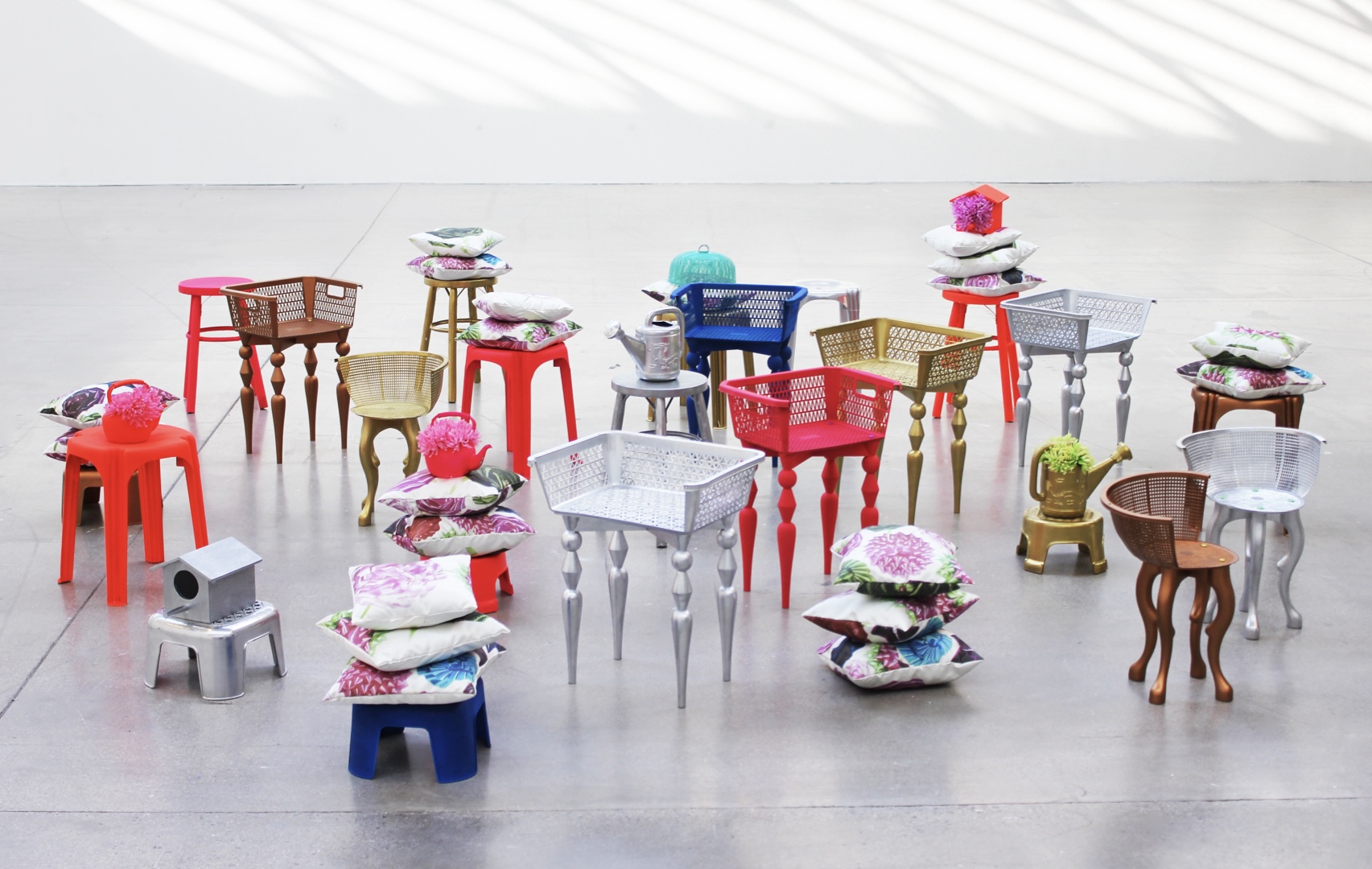
However, even though the final result was good and received the expected praise, this journey wasn't all roses, and challenges were unavoidable. "The first challenge was that my version of beauty and Dior's perspective on beauty weren't necessarily the same. Sometimes we couldn't understand why they chose certain things. I had to trust the process because they're a brand that knows their identity, they've been immersed in it for a long time. I had to learn like newcomers, realising that when it comes to materials, what I would choose might not be what they would choose, and I had to trust that. This wasn't necessarily a major problem, but the main issue was that I couldn't envision how to execute what we needed to do because it was all new knowledge. Even when I was making the chair using Chanthaburi sedge mats, I'd never worked with that particular type of wood before. There was so much new knowledge to acquire. Additionally, while the project development timeline was set for about three years, in reality, we only had one year. But the final result didn't disappoint us at all.”
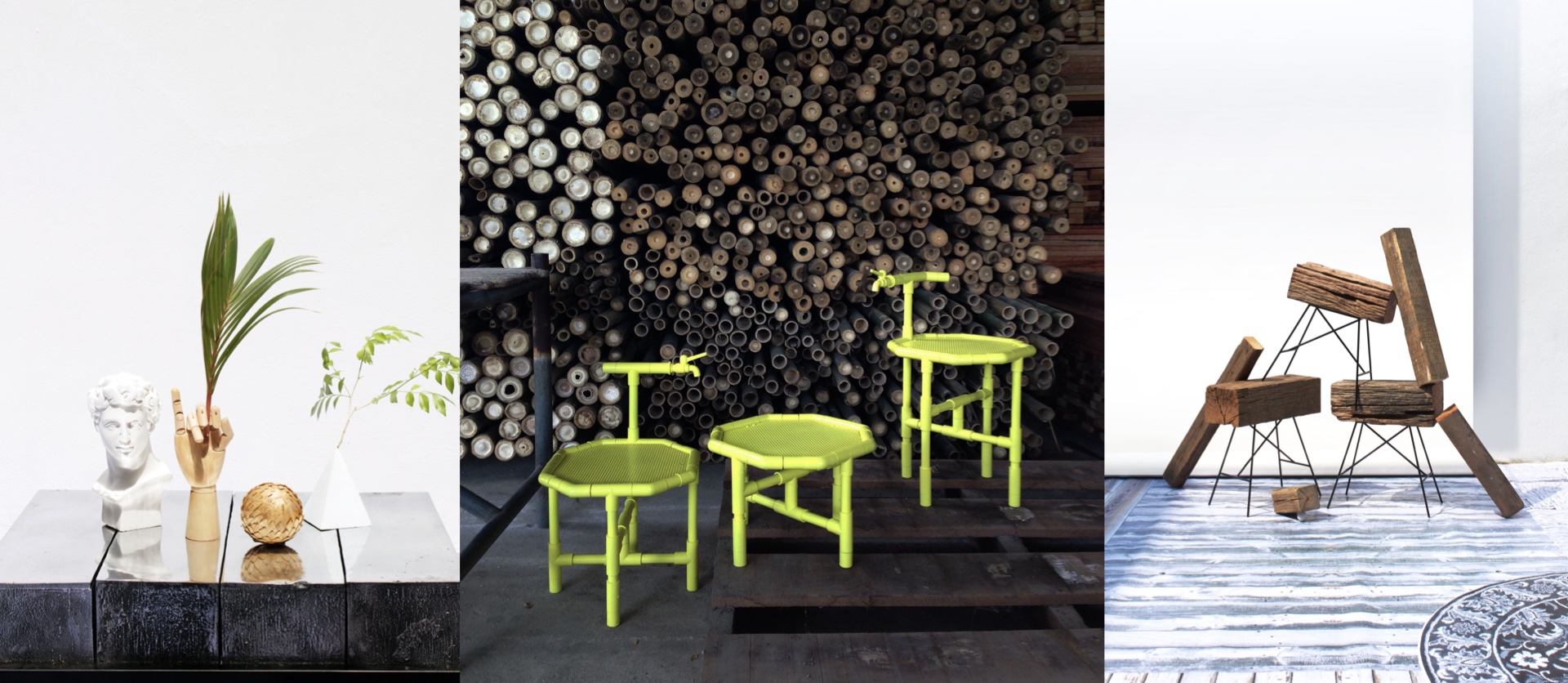
The magic that occurs in this luxurious café isn't solely because it's a project with Dior, but also includes respect for the working philosophy that Saran Yenpanya adheres to in all his work. “I believe I stand between good and bad taste. I try to see what beauty exists in things that people consider outdated, tacky, cheap, or worthless. I try to swim against the current a bit, suggesting that these things actually have value. But as I’ve grown older, I’re not as rebellious as before, I go with the flow sometimes. My main focus now is largely on handicrafts because I feel they benefit communities and simultaneously value local people's way of thinking."
When asked about one defining word for Saran Yenpanya's identity, 'cheap' becomes the word he feels most directly reflects who he is. "I think it's the word 'cheap.' True, nothing is really expensive or cheap, what's expensive to one person might not be as expensive to another. But I chose the word 'cheap' because it represents fun and accessibility. I'm not the type to take myself too seriously anyway. I can take criticism and joke about myself. I'd say my working principle is that the seemingly worthless things you overlook become our starting materials. That's why it's the word I choose to define myself."




